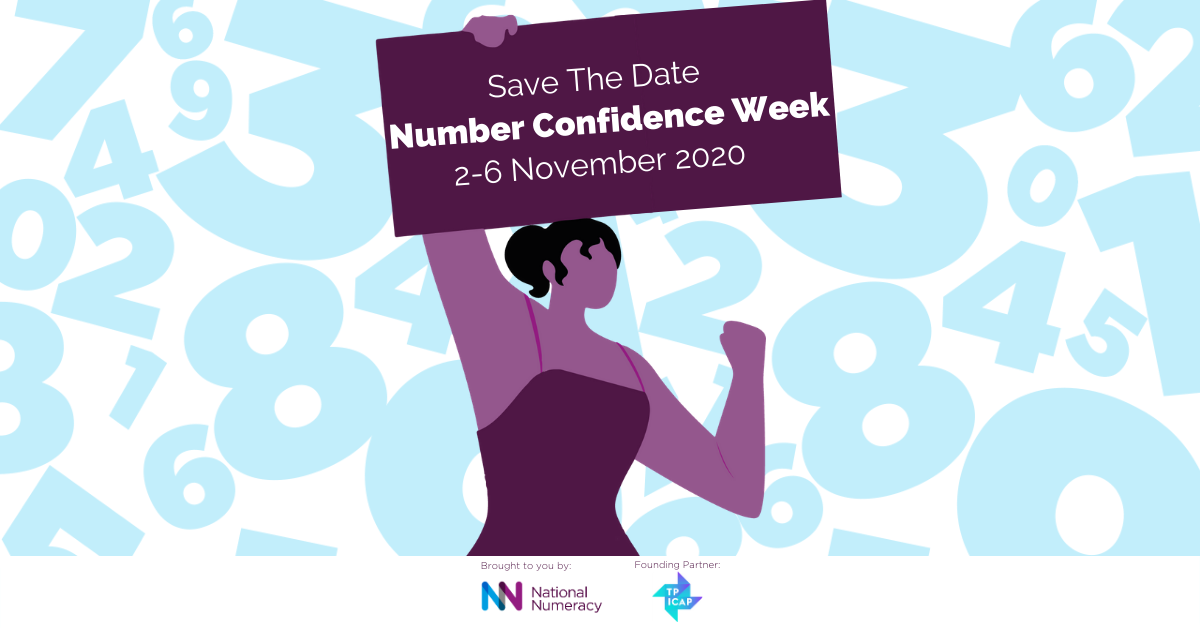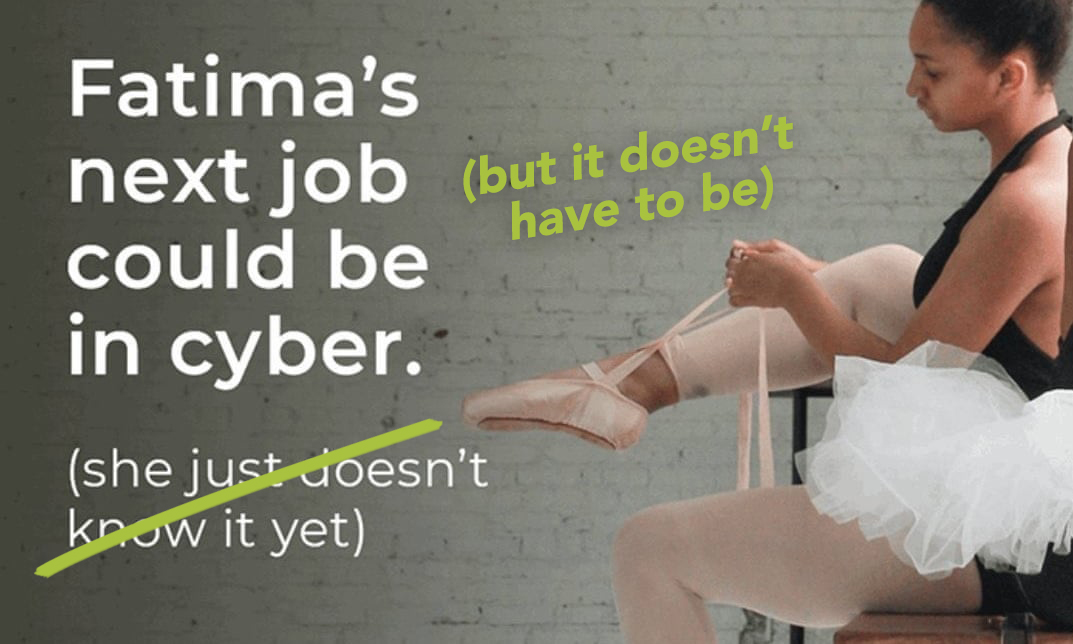Tim’s top five interview gaffes of 2020

By Tim Focas, Head of Capital Markets and media training at Aspectus
2020 – the year nobody will ever forget. As the number of COVID cases soared, so too did the interview gaffes. With the pandemic leading to more miscalculations than the government’s test and trace system, selecting a ‘worst of’ list has been tougher than ever.
After much deliberation over the holiday season, here is my take on the biggest spokesperson blunders over the past year and the media training lessons that can be learnt from some pitiful performances.
5: Don’t smile on camera if you’re talking about job cuts
A facial expression really can paint a thousand words – particularly on a live TV interview. Someone obviously did not tell Warren East, the CEO of Rolls-Royce, who in his ultimate wisdom decided to respond to a question about plans to cut over 3,000 UK jobs with a smirk. No laughing matter for those about to lose their jobs. Also note the painstakingly awkward body language as he stumbles his way through the answer.
When delivering bad news on a TV interview, body language and tone of voice is of paramount importance. A more sombre and self-depreciating tone is required, as is ensuring you are not distracted by anything else in the room when responding to questions over Zoom or Skype.
4: Health secretary spellbound by Burley
Has anyone had a rougher ride from the media in 2020 than Matt Hancock? In an interview that was supposed to be on the handling of the coronavirus, Sky’s Kay Burley threw in a few curve balls following the UK governments selection of former Aussie PM Tony Abbott as a trade adviser. Renowned for misogynistic and homophobic views, the appointment of Abbott provided ideal cannon fodder for Burley.
The phrase ‘rabbit caught in the headlights’ immediately springs to mind when Hancock says “well, he is also an expert in trade” in response to Burley’s question about whether or not he was comfortable with Abbott’s colourful views. Not only was Handcock’s attempt to bridge away from the issue poor, but he seemed naïve to the idea that Abbott would come up. This despite the fact that trade minister Liz Truss was bombarded with questions about the Abbott just a few days earlier. One would have expected Hancock and his advisers to have been better prepared for Burley’s bombardment.
3: Stuttering Sturgeon
Nicola Sturgeon – the shining light of how to handle a global health pandemic right? Well, not if this interview with the BBC’s Andrew Marr is anything to go by. Despite Sturgeon’s relentlessly positive rhetoric, Marr uncovered ONS data showing that Scotland had the third worst record in deaths from COVID-19 of any country in Europe from the first wave
Sturgeon’s calm and concise responses may look like she is handling the line of questioning well, but her failure to be on top of the detail leaves her responses lacking substance. Once again, a lack of preparation is in evidence. This time, a failure to be on top of the latest death rate statistics.
Nicola Sturgeon car crash interview on Andrew Marr – 29th November 2020 (youtube.com)
2: Its Hancock hammer time again!
Over a million job losses coupled with a post-pandemic public sector pay freeze is hardly the ideal backdrop for MPs getting a salary hike. When asked by Piers Morgan on Good Morning Britain whether or not MPs should reject a wage increase Hancock responded referring to how ministers rejected pay increases post the financial crash. True, and not an unrelated point to make, but a more direct response would have worked better. Along the lines of “I see no reason, depending on the independent committee’s assessment, why a repeat of the decision that was made post the financial crisis can’t be made.” Instead, not for the first time this year, Hancock appeared flummoxed by the direct nature of Morgan’s line of questioning.
1: Trump toppled
He had to fend off some stiff competition, but the top spot has to go to the Donald for this rare sit-down interview with the presumably now “fake news” political reporter Jonathan Swan. Trump, unsurprisingly, was claiming that the US had a lower number of coronavirus deaths than any other country. The trouble is that Swan was challenging the President on deaths as a proportion of the population, as opposed to cases. Undeterred by this important fact, Trump responds with “you can’t do that, you have to go by the cases.”
As the not so soon to be outgoing President has shown, the same basic rules of media engagement simply do not apply to him. However, his lack of understanding of the argument really exposes him here. Never try and challenge the reporter with confidence if you are not 100% sure about the response.
Donald Trump clashes with HBO reporter over Covid-19 death numbers (youtube.com)
To find out more about our media training offering click here now.
Related News
-

Getting AI to train your spokespeople
June 27, 2025 -

25 years of TradeTech – the good, the bad and the road ahead
May 19, 2025













